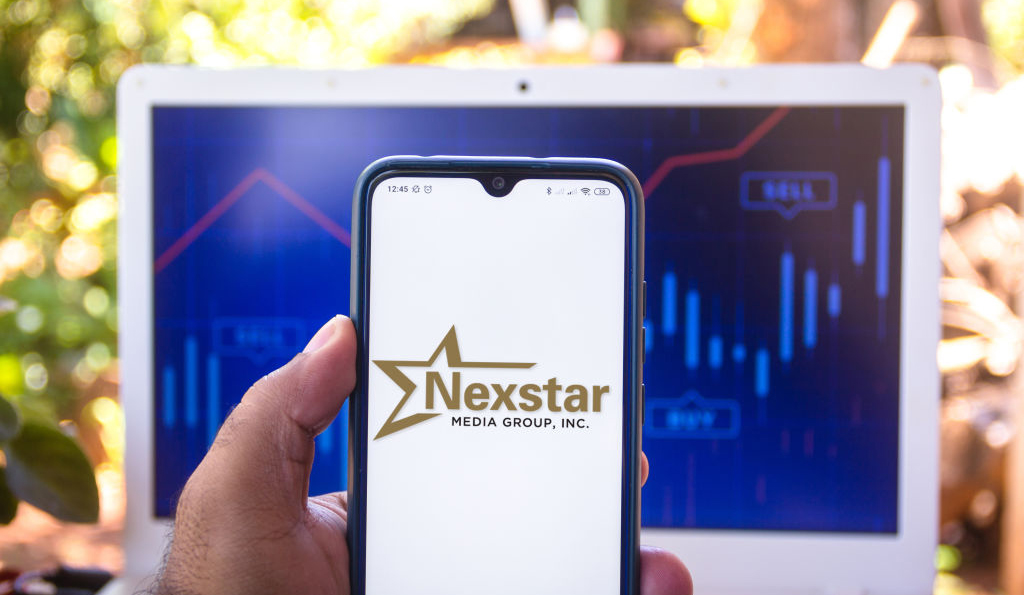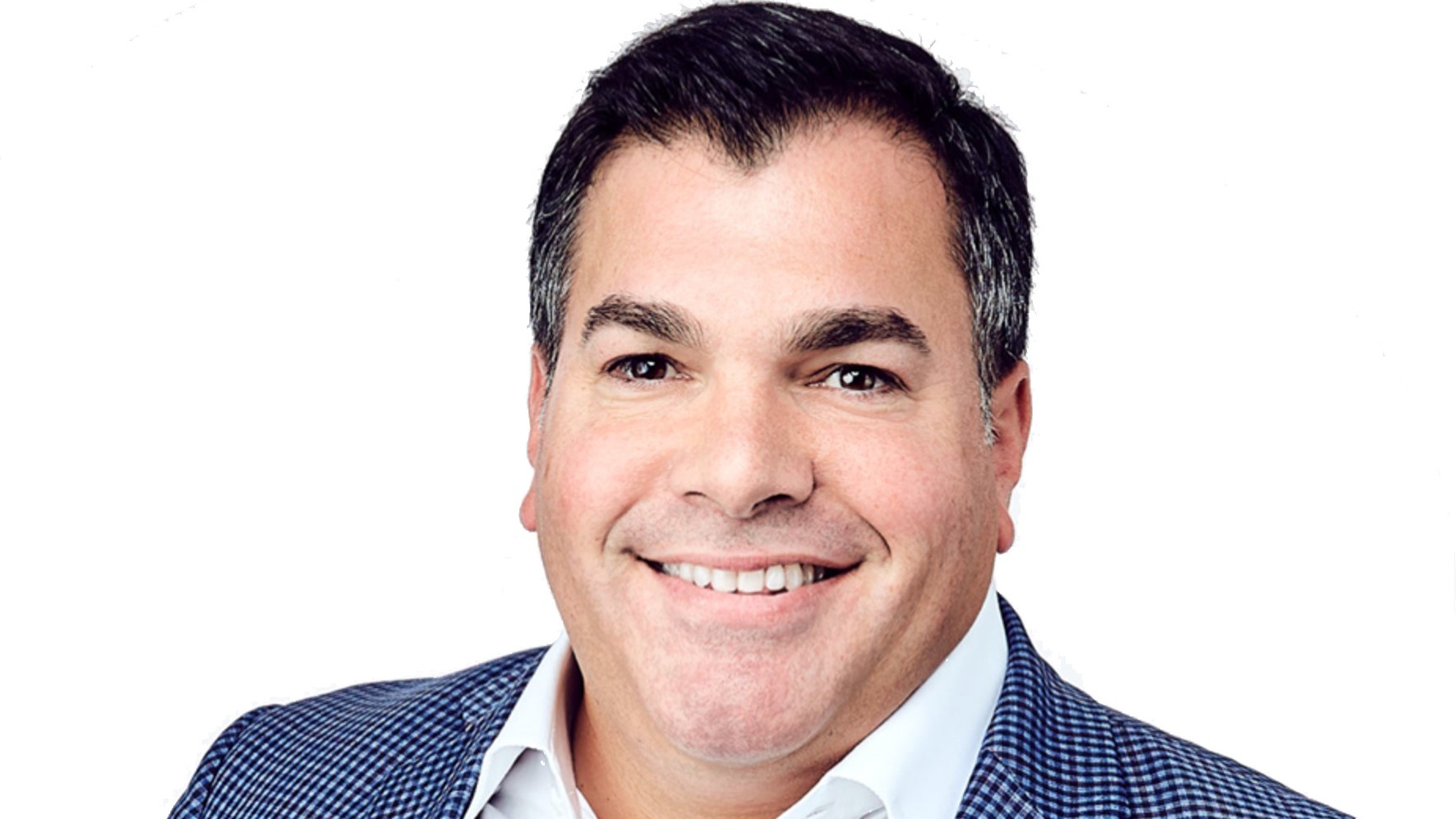
Declaring that its audience is being undercounted, Nexstar Media Group, the nation’s largest owner of television stations, is sending requests for proposals to measurement companies, seeking innovative technology and methodologies that will better serve advertisers, media owners and consumers.
Nexstar signed local media measurement deals with Nielsen in 2020 and Comscore in 2019. Both are expiring, a source confirmed. Nexstar now also owns national networks, including The CW on broadcast and NewsNation on cable.
When The CW added LIV Golf to its lineup in February, Nexstar hired iSpot.TV and VideoAmp to measure their audiences across platforms and got numbers significantly different from Nielsen’s.
“Measurement innovation has become a top priority for our company. We are putting money and resources behind it,” Michael Strober, who joined Nexstar as chief revenue officer earlier this year, told Broadcasting+Cable.
Strober said he “knows” Nexstar is not getting credit for all of its viewership.
“I think it's well widely known with all the recent attention put into measurement that we are no longer accurately counting the viewership across screens,” he said. “A lot of audience is watching our content now on a myriad of endpoints and whether it's streaming, our digital properties, the apps and, of course, the linear broadcast. We're not getting or not getting the full credit for the audience.”

Criticizing audience measurement has been a part of the TV business since its beginnings, but in the last couple of years the big networks have become more aggressive in looking for alternatives to Nielsen, which has long dominated the industry.
At the same time, a group of mostly venture capital funded tech companies have started using big data from millions of set-top boxes and smart TVs to offer a more granular look at the fragmented television landscape.
Comcast’s NBCUniversal issued a request for proposal for better measurement and drew responses from 100 companies.
NBCU and other big media companies also banded together to form a Joint Industry Committee on measurement that would set standards and certify companies that provided acceptable approaches to counting viewers for shows and measuring the impact of commercials.
Strober notes that those efforts have focused on national ratings and that Nexstar, as a big station owner, wants to focus on local measurement.
“We feel a responsibility as the largest station group to help champion better measurement for local,” Strober said.
He said there was an opportunity to work with other station owners to make measuring local media more attractive to data and analytics companies.
“There's things that we believe we could do not only to help evangelize better local measurement but to play an active role in providing those measuring companies with data and information that can help power their business models and solutions,” Strober said.
As part of its push for better measurement, Nexstar has hired former Innovid exec Hanna Gryncwajg as VP of measurement innovation, a new position. Earlier in her career, Gryncwajg worked for programmers including MTV Networks, Turner, NBCUniversal and AMC Networks.
Nexstar is actively hiring people to work under Gryncwajg, Strober said.
“Creating this new team with me speaks to the fact that we’re serious,” Gryncwajg said. “This team will work across Nexstar with operations, with monetization, with our research department to make sure we’re supporting our sales effort and sales is supporting their advertisers.”
The company has also formed a senior level executive measurement task force that includes Nexstar’s president of broadcasting, its chief financial officer and its top digital and technology officers, in addition to Strober and Gryncwajg.
Station executives like to tell horror stories about odd numbers that show up in their ratings. Nexstar is no exception.
“We joke that the yardstick gets moved almost every week,” Strober said. “One day, our local stations get an A and the next day, it’s a D. How does that happen within a few days?”
Strober said that the small panels Nielsen uses in local markets is a problem. “They need to use bigger data because these small panels aren't statistically representative of the market and the viewing population,” he said.
The RFP process is the way Nexstar will ensure that its bringing the best measurement to the market and getting an accurate accounting if its audience deliver.
Nexstar will be sending its about a dozen measurement companies.
“We want to invite as many companies in all corners of measurement, from attribution to obviously planning and optimization as well as traditional audience measurement,” Strober said.
“I don't think we're prepared to start to guarantee on results and I think it's fair to say that we would be willing to push the boundaries beyond just traditional eyeball counting to looking at how our programming helps drive business results,” he said.
“What I have found is outcomes, even directional outcomes, are really important to marketers,” Gryncwajg added. “So we will not necessarily be guaranteeing on it, but providing our advertisers with insights would be very valuable to them.”
After Stober joined the company, it reorganized its ad sales force. Instead of separate teams selling national, local and digital advertising, it now has a team selling national linear and digital ads and another selling local linear and digital ads.
“It would be great if we could have one currency that does national, local, linear and digital,” Strober said. “That would be the North Star. But at a minimum we need to make sure that we measure our national and local content and audiences cross-screen because that’s where the viewers are and we want it to be as accurate and representative and quick in terms of the results as possible. That’s the motivating factor for this effort.”







